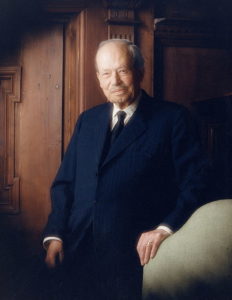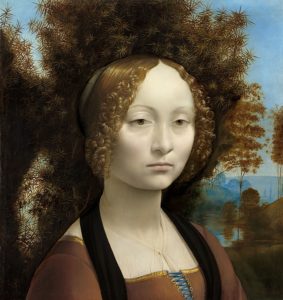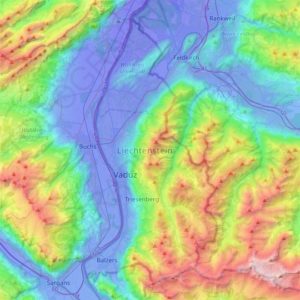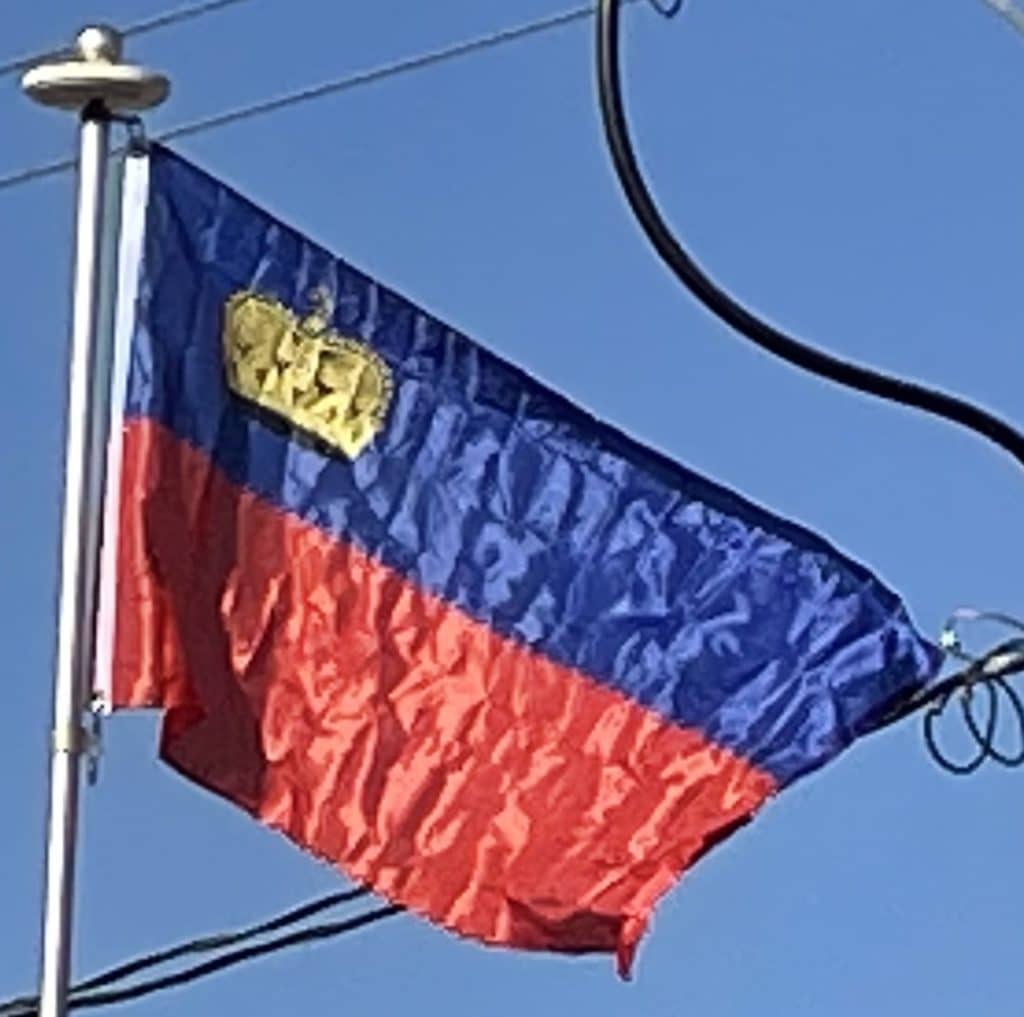In March 1938, just after the annexation of Austria by Nazi Germany, Franz named as regent his 31-year-old grandnephew and heir-presumptive, Prince Franz Joseph. Franz died in July that year, and Franz Joseph succeeded to the throne. Franz Joseph II first moved to Liechtenstein in 1938, a few days after Austria’s annexation.
During World War II, Liechtenstein remained officially neutral, looking to neighboring Switzerland for assistance and guidance, while family treasures from dynastic lands and possessions in Bohemia, Moravia, and Silesia were taken to Liechtenstein for safekeeping. At the close of the conflict, Czechoslovakia and Poland, acting to seize what they considered German possessions, expropriated the entirety of the Liechtenstein dynasty’s properties in those three regions. The expropriations (subject to modern legal dispute at the International Court of Justice) included over 1,600 km2 (618 sq mi) of agricultural and forest land (most notably the UNESCO listed Lednice–Valtice Cultural Landscape), and several family castles and palaces.

In 2005 it was revealed that Jewish laborers from the Strasshof concentration camp, provided by the SS, had worked on estates in Austria owned by Liechtenstein’s Princely House.
Citizens of Liechtenstein were forbidden to enter Czechoslovakia during the Cold War. More recently the diplomatic conflict revolving around the controversial postwar Beneš decrees resulted in Liechtenstein not sharing international relations with the Czech Republic or Slovakia. Diplomatic relations were established between Liechtenstein and the Czech Republic on 13 July 2009, and with Slovakia on 9 December 2009.
Liechtenstein was in dire financial straits following the end of the war in Europe. The Liechtenstein dynasty often resorted to selling family artistic treasures, including the portrait Ginevra de’ Benci by Leonardo da Vinci, which was purchased by the National Gallery of Art of the United States in 1967 for US$5 million ($38 million in 2019 dollars), then a record price for a painting.

By the late 1970s, Liechtenstein used its low corporate tax rates to draw many companies and became one of the wealthiest countries in the world.
As of September 2008 the Prince of Liechtenstein is the world’s eighth wealthiest monarch, with an estimated wealth of US$3.5 billion. The country’s population enjoys one of the world’s highest standards of living.
Geography:
Liechtenstein is situated in the Upper Rhine valley of the European Alps and is bordered to the east by the Austrian region of Vorarlberg and to the south by the canton of Grisons (Switzerland) and to the west by the canton of St. Gallen (Switzerland). The entire western border of Liechtenstein is formed by the Rhine. Measured south to north the country is about 24 km (15 mi) long. Its highest point, the Grauspitz, is 2,599 m (8,527 ft). Despite its Alpine location, prevailing southerly winds make the climate comparatively mild. In winter, the mountain slopes are well suited to winter sports.

New surveys using more accurate measurements of the country’s borders in 2006 have set its area at 160 km2 (62 sq mi), with borders of 77.9 km (48.4 mi). Liechtenstein’s borders are 1.9 km (1.2 mi) longer than previously thought.
